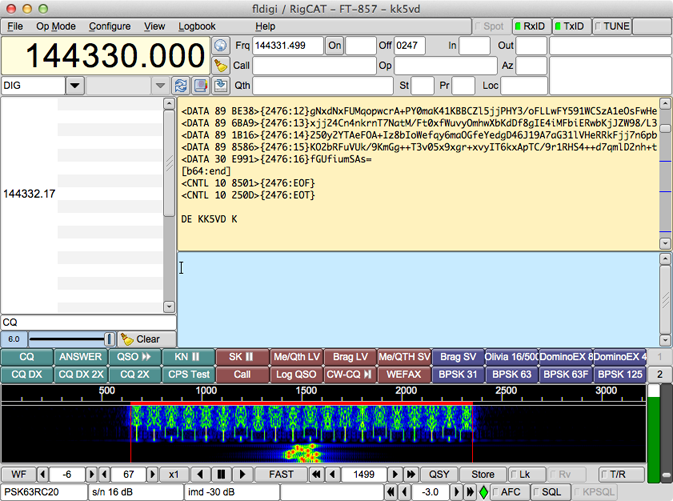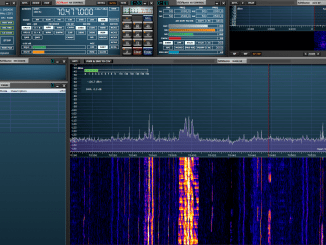
Then you have to set which pin you use for AudioIN and which pin you use for the Led. Tell the liquidcrystal library which pins you use for the display and underneath that which kind of display you have just connect and then the code will manage when you have done the setup. The code can take different kinds of displays 2*16 or 4*16 or 2*20 or 4*20. Just 2 10k resistors betwen gnd and 5 volts and then a capacitor in serie with the audio signal. A Arduino UNO board and a LCD board and then a few components. You can read about the goertzel formular here :Ĭourses.cs./courses/cse466/12au/calendar/Goertzel-EETimes.pdf Hardware build by OZ2HNS for use in our clubstation OZ8SMA Here is a video where you can see the decoder in function. The magic in this code is the tone detection based on the goertzel formular, which means that you just put in the audio on an analog pin and then the processor make some calculations and if there is a tone you will get a magnitude value. If you want to build a cw decoder without using other active components than an atmel 328 - Arduino UNO, then this is sure something for you. The best decoder, however, is the one between your ears.EASY BUILD CW DECODER BASED ON DSP GOERTZEL CODE Additional cables are available, but they ask for additional "donations" per additional cable. The main difference between them is that VAC can create a virtually unlimited number of virtual cables (for the single license fee). Re: VB-Cable vs Virtual Audio Cable (VAC). These virtual sound card programs make it appear to the software that the audio is coming from an input to the sound card. Using VB-Cable or Virtual Audio Cable, you can use ANY software that requires audio input, regardless of where it expects to get it from. Re: your comment: " plugging a stand alone receiver into your sound card". I've tried numerous CW decoding programs, and MultiPSK usually does the best job.

This is my personal preference for CW decoding. Once you learn it, it's no more difficult to use than any other program, it just has a slightly steeper learning curve.

The GUI can be daunting because it's very cluttered.

Paying gets additional modes not included in the free version. MRP40 - supposed to be the best under poor conditions.


 0 kommentar(er)
0 kommentar(er)
